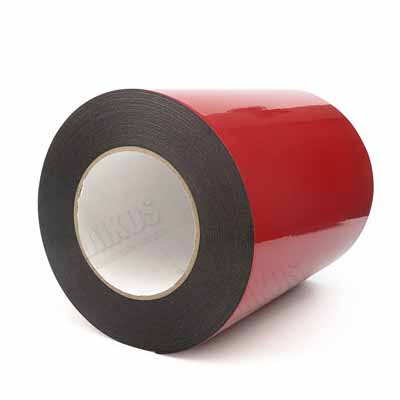Thermal pads are used to fill the gap between heat-generating components and heat sinks in electronic devices. Their primary role is to transfer heat generated by the component to the heat sink through conduction, and ultimately, dissipate it into the surrounding environment. This article will cover everything you need to know about thermal pads, including their applications, types, and benefits.
Thermal pads are extensively used in electronic devices, especially those that generate large amounts of heat. Some of the most common applications of thermal pads include:
1. CPUs and GPUs: Thermal pads are commonly used to transfer heat from the CPU and GPU to the heat sink in computers, laptops, and gaming consoles.
2. LED lighting: High-power LED lights generate a lot of heat that must be dissipated to ensure they function optimally and have a long lifespan. Thermal pads are used to fill the gap between the LED and the heat sink in these applications.
3. Power supplies: Power supply units (PSUs) in electronic devices usually contain a lot of heat-generating components. Thermal pads are used to transfer the heat from these components to the heat sink in such units.
Some of the significant benefits of using thermal pads in electronic devices include:
1. Excellent thermal conductivity: Thermal pads provide excellent thermal conductivity, allowing them to transfer heat efficiently from the heat-generating components to the heat sink.
2. Ease of use: Thermal pads are easy to install and use, requiring no special tools or skills.
3. Low cost: Thermal pads are affordable and readily available, making them an excellent option for cost-sensitive applications.
4. Durability: Thermal pads are durable and can withstand high temperatures and repeated thermal cycles without degrading their performance.
Thermal pads play an essential role in electronic devices, ensuring that they operate efficiently and have a long lifespan. With a wide variety of thermal pads available, it is essential to choose the right one for your application. By taking into account factors such as thermal conductivity, durability, and cost, you can ensure that you get the best thermal pad for your needs.




